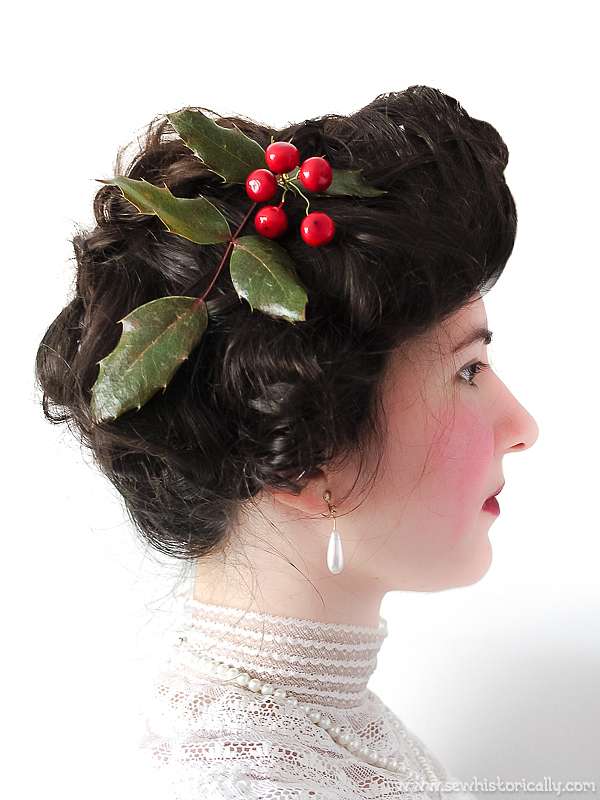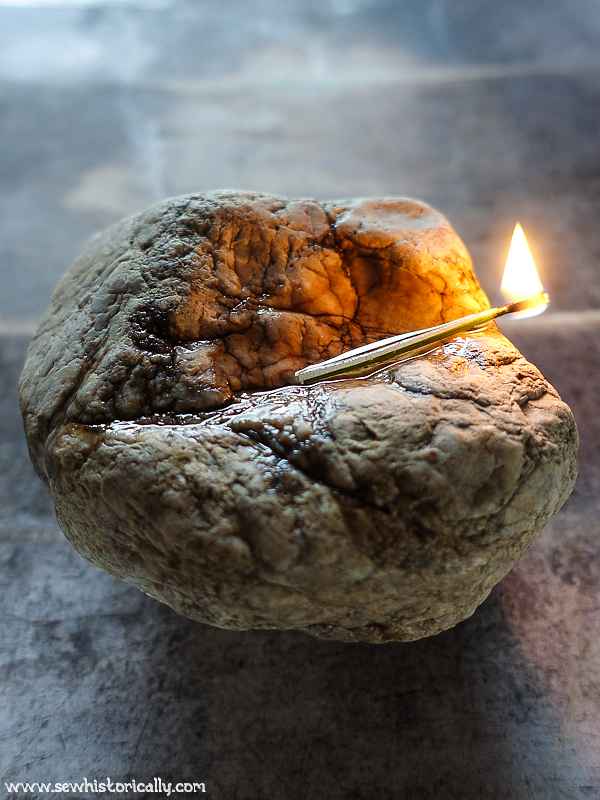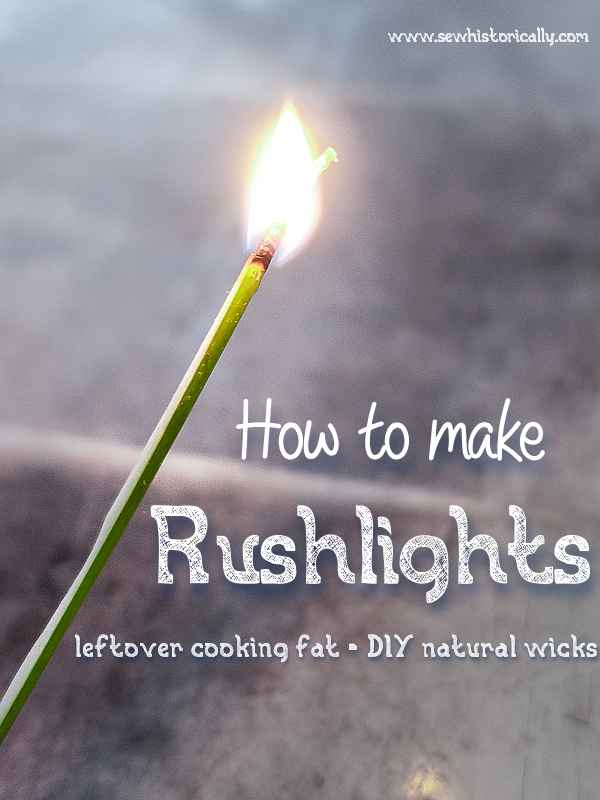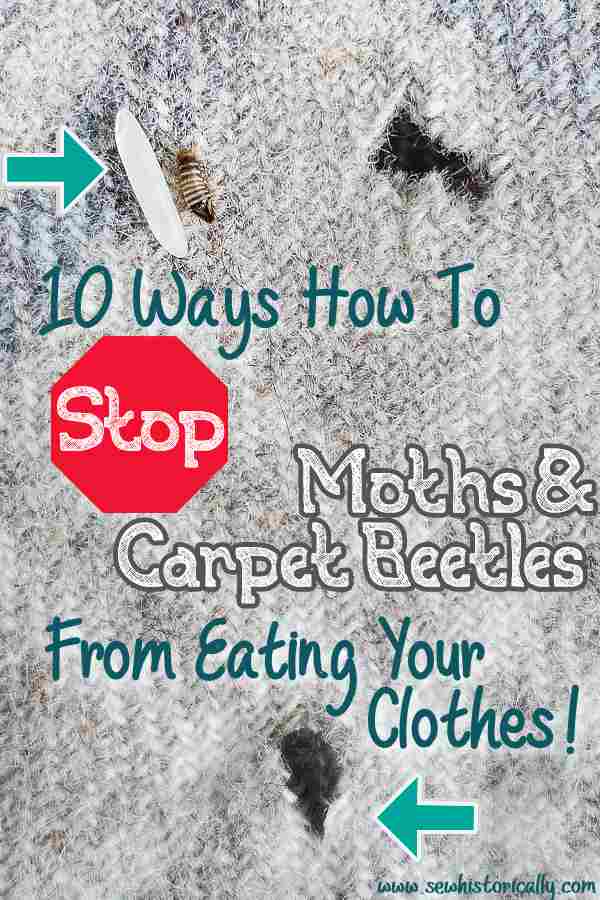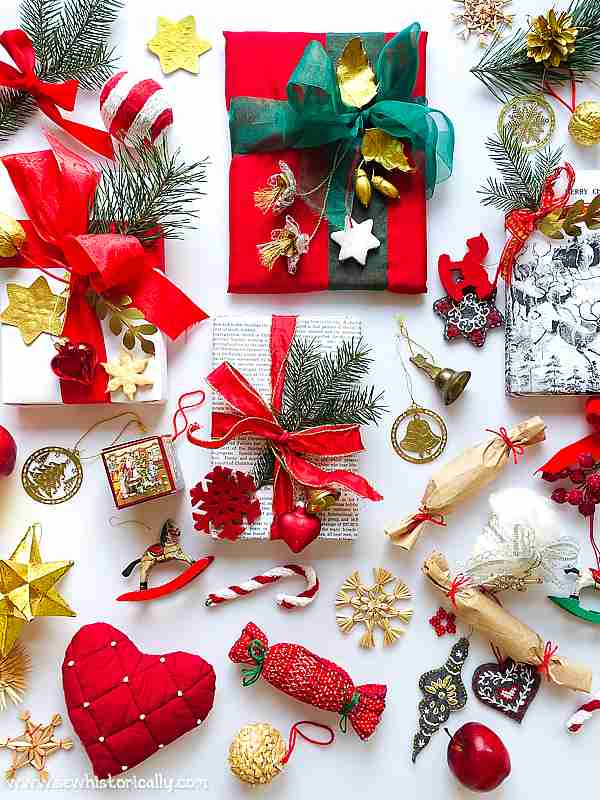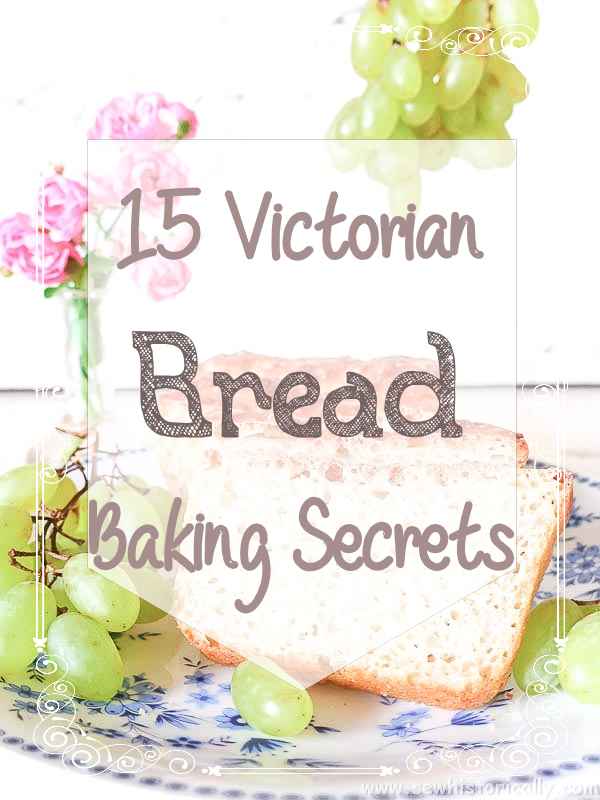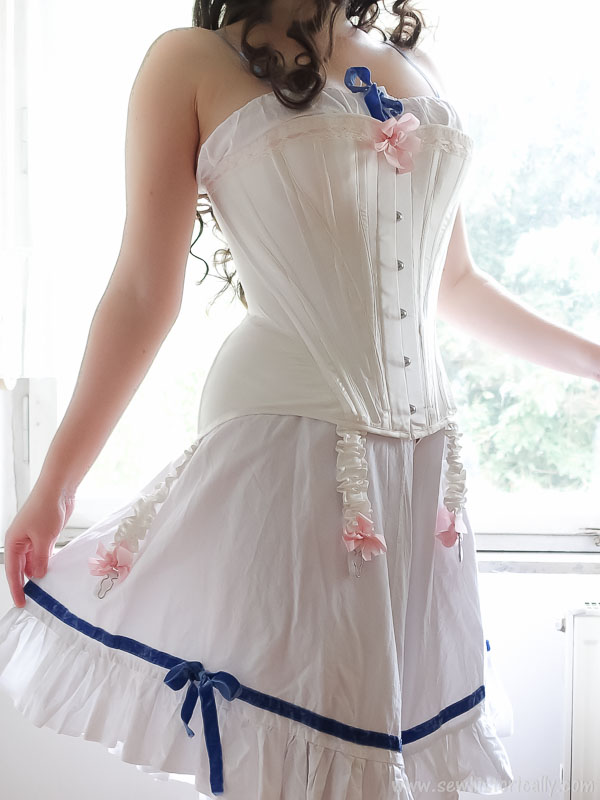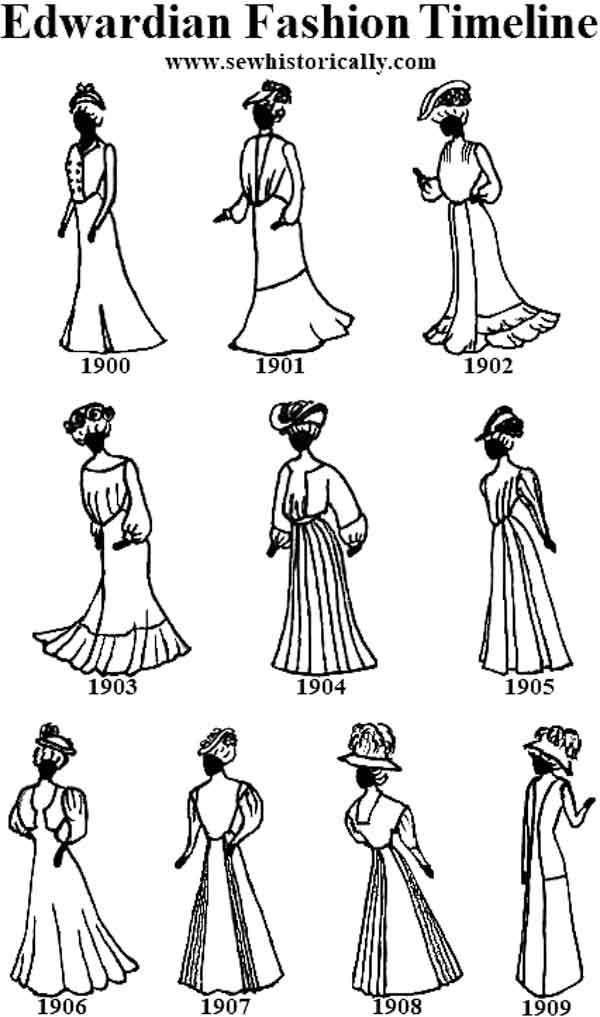Over 15 Christmas Gibson Girl hairstyles & DIY Christmas hair accessories from the Edwardian era!
Gibson Girl hairstyles are in again! Gibson Girls were the it girls of the late Victorian and Edwardian era. The fashionable hairstyle of the Gibson Girl was the pompadour hairstyle. For Christmas parties, Gibson Girls wore elaborate pompadour hairstyles decorated with DIY hair accessories: From gilded leaf wreaths to hoar frost flower hair accessories, all these DIY Christmas hair accessories are easy to make at home. You’ll surely find some to your liking for your Christmas time outfit. Continue reading 15 Christmas Gibson Girl Hairstyles & Holiday Hair Accessories
